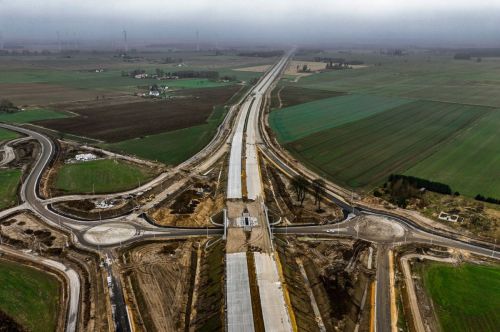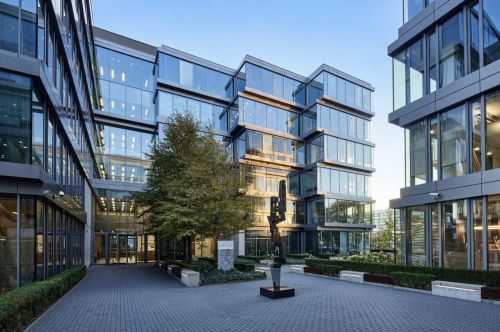Retail Apocalypse is a term that refers to a revolution sweeping through the American retail ecosystem resulting in bankruptcies or serious problems for many retail chains. Such companies as Sears, Nine West, Toys ‘R’ Us and Diesel have recently filed for bankruptcy. A footwear retailer Payless has declared bankruptcy twice in the last two years (in 2017 and 2019) and is to close 2,500 of its stores (being the largest retail liquidation in history according to BusinessInsider.com).
Other chains are scaling back their operations: in 2017 retailers closed a record-breaking 102 mln square feet [9.47 mln sqm] of store space, but in the following year that record was broken by 50 pct (155 million square feet). 2019 will bring more closings: Gymboree - 805 stores, Shopko - 371, Gap - 230, Sears - 70, Victoria's Secret - 53, Abercrombie & Fitch - 40. More than 6,000 stores are to be closed in 2019, and according to Forbes – 75,000 will disappear by 2026, including 25 pc
































































The quiet revolution in Małopolska
The quiet revolution in Małopolska
Developers across the region are increasingly favouring heat pumps and photovoltaic systems over traditional gas boilers in warehouse construction. This shift marks a growing commi ...
Axi Immo
Modular construction becomes more prominent
Modular construction becomes more prominent
After a temporary slowdown, the modular construction market in Poland continues to expand in 2025. Although the sector faces challenges such as high material costs and investment f ...
Spectis
EXPO REAL 2025: From survival mode to selective recovery
EXPO REAL 2025: From survival mode to selective recovery
This year’s EXPO REAL in Munich marked a noticeable shift in tone across industry conversations. Following a period of uncertainty and postponed investment decisions, the com ...
Axi Immo